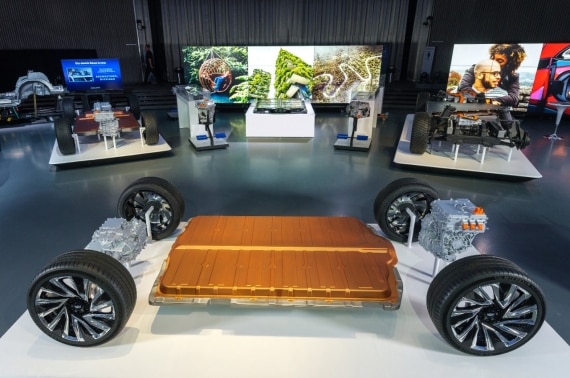On September 3, GM announced that it had signed a memorandum of understanding with Honda to form an automotive alliance in North America. The alliance plans to launch engineering projects in early 2021.
The benefits of the cooperation between the two old-school car companies, GM and Honda are as follows: they will form a business alliance to share GM’s Ultium battery and highly flexible global electric vehicle platform (BEV3). On the one hand, by sharing the platform, they will allocate R&D and engineering costs, jointly develop future vehicle models and drive systems. On the other hand, they can bring together advanced technologies from both companies, improve cost efficiency and increase investment in future and next-generation technologies.
According to the announcement made by GM, the alliance plans to develop models for their respective brands in the form of an alliance, and to cooperate in areas such as procurement, R&D, and car networking services to achieve the goal of sharing the entire vehicle platform, as well as electric and internal combustion engine drive systems matched with the platform. The cooperation between the two parties also includes hydrogen fuel cells, batteries, and the Cruise Origin autonomous shared vehicle.
GM and Honda forming an automotive alliance reminds me of the recent strategic cooperation agreement between Volkswagen and Ford. Ford will produce pure electric vehicles based on Volkswagen’s MEB platform, while Volkswagen will develop mid-size pickup trucks based on Ford Ranger’s platform.
Under the trend of the automotive industry revolution, traditional car companies seem to have the desire to join forces in order to develop new energy vehicles.
This article is a translation by ChatGPT of a Chinese report from 42HOW. If you have any questions about it, please email bd@42how.com.
